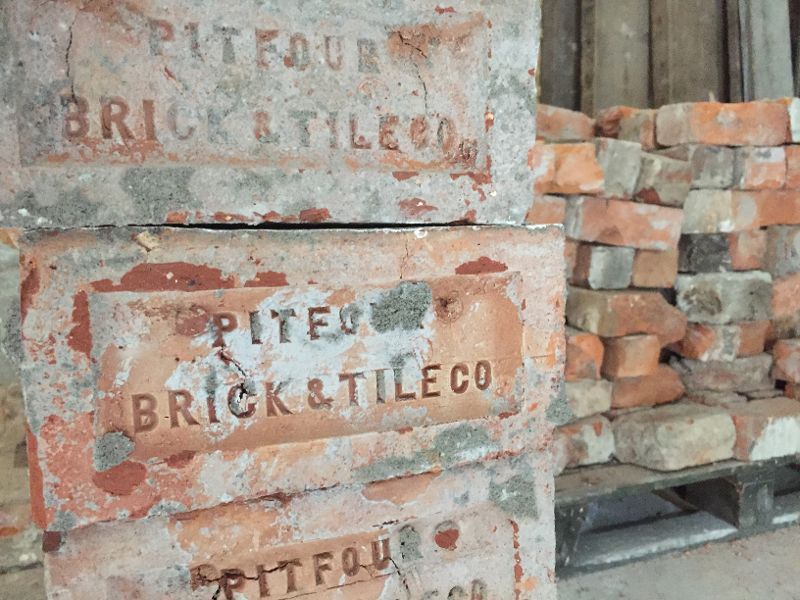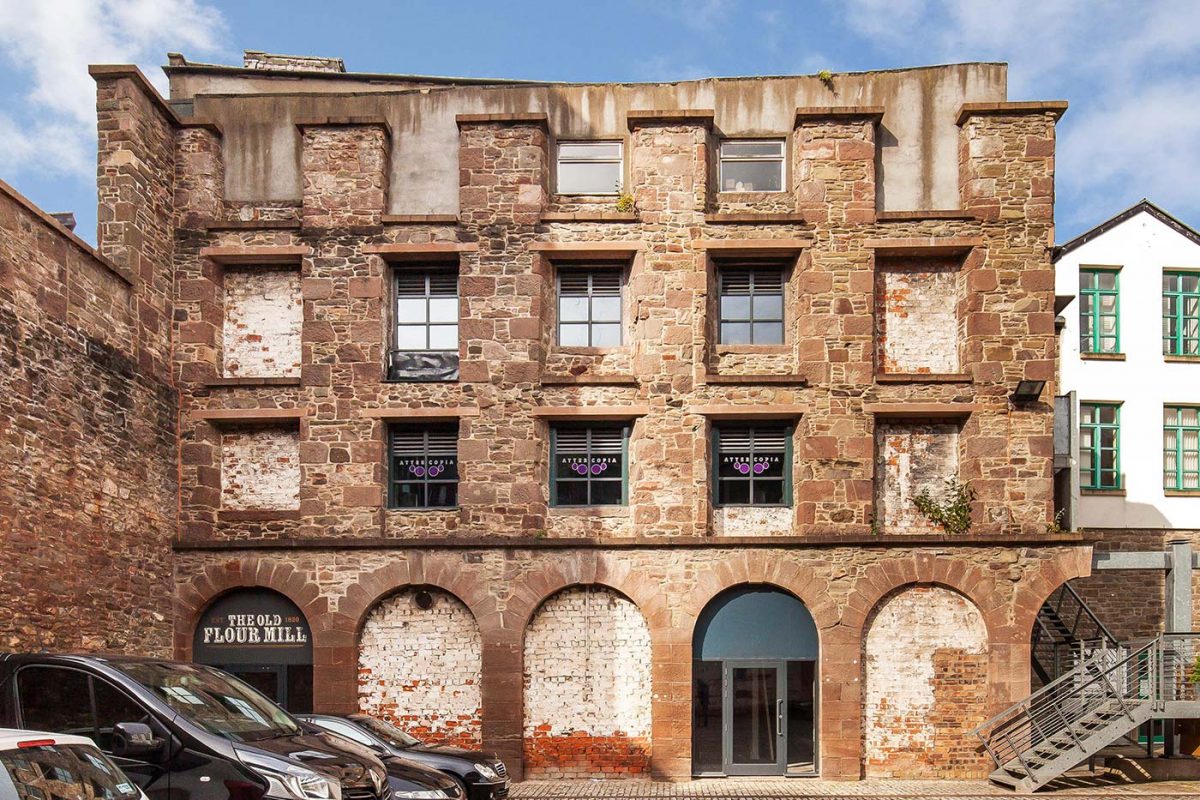Inshmore is a developer and investor, breathing new life into neglected buildings and giving them their soul back. We create mixed use commercial sites with exciting, dynamic spaces where new generations of businesses can thrive.
Creating spaces which unlock potential and celebrate entrepreneurship and innovation isn’t always easy, but our experience in office space, re-development and construction helps us to reimagine a viable future for these structures.
Community really is at the heart of what we do. Renovating and putting back to use tired and unloved buildings can regenerate a space and inspire a community.
The Flour Mill site in the heart of the creative quarter of Dundee is our current project where we are concentrating most of our efforts, aiming to have a co-work space run by our sister company LibertySpace open by mid-October and a range of other private offices to rent, meeting rooms and shared work spaces and a members lounge to follow shortly after.
Here’s a little heads up as to what mysteries we’ve uncovered during this exciting development.
DISCOVERIES IN DUNDEE – PITFOUR BRICK & TILE CO.

Recently, during The Flour Mill Dundee renovations, we discovered numerous ‘Pitfour’ branded bricks.
Interest piqued, we set down the hard hats and took some time to see what we could discover about their provenance. We hoped those bricks might tell a story. Boy, did we get what we were looking for!
Pitfour Brick & Tile Co. or Pitfour Brickworks, owned by Robert Small & Co., began their operations in 1838 in Glencarse, Perthshire. Pitfour were known for their manufacturing of bricks and drain pipes made with terracotta and clay.
The raw material they used was alluvium clay formed by glacial river deposits from the Carse of Gowrie on the North bank of the Firth of Tay. The same deposits were used by other brick-makers and remnants of their bricks can be found in older buildings in the village of Errol just up the road.
Robert Small & Co. provided materials for a range of high profile projects, including the bricks to help build the approaches and pillars to the first Tay Bridge, opened in 1878 in a single-track lattice girder design. Tragically, disaster struck in 1879 when the central navigation spans collapsed during a tremendous storm, taking with it six carriages holding 75 people.
But Dundonians are nothing if not resilient. They mourned their dead and got on with designing and building a new, stronger structure. Pitfour got back to work, making up to 10 million new bricks for the replacement crossing. The double track bridge still stands strong today.
They were it seems, a forward thinking business. One of the earliest examples of mechanised brick making was found at the Pitfour works, where two steam powered Tweedale Tile machines were purchased by the company and proved to be an easy and economical way to increase production and lower costs. Interestingly the Flour Mill also installed a steam engine for the milling process. Some of this industrial apparatus can still be seen within the walls, but more on that another time.
Our research suggests that alterations to the original Flour Mill were built with the very same bricks in 1885. Not a bad pedigree.
The Flour Mill is steeped in history and inextricably linked with the industrial history of this fine city. With a little bit of entrepreneurial flair thrown in. Just how we like it.
If you are interested in finding out more, visit www.flourmilldundee.co.uk
